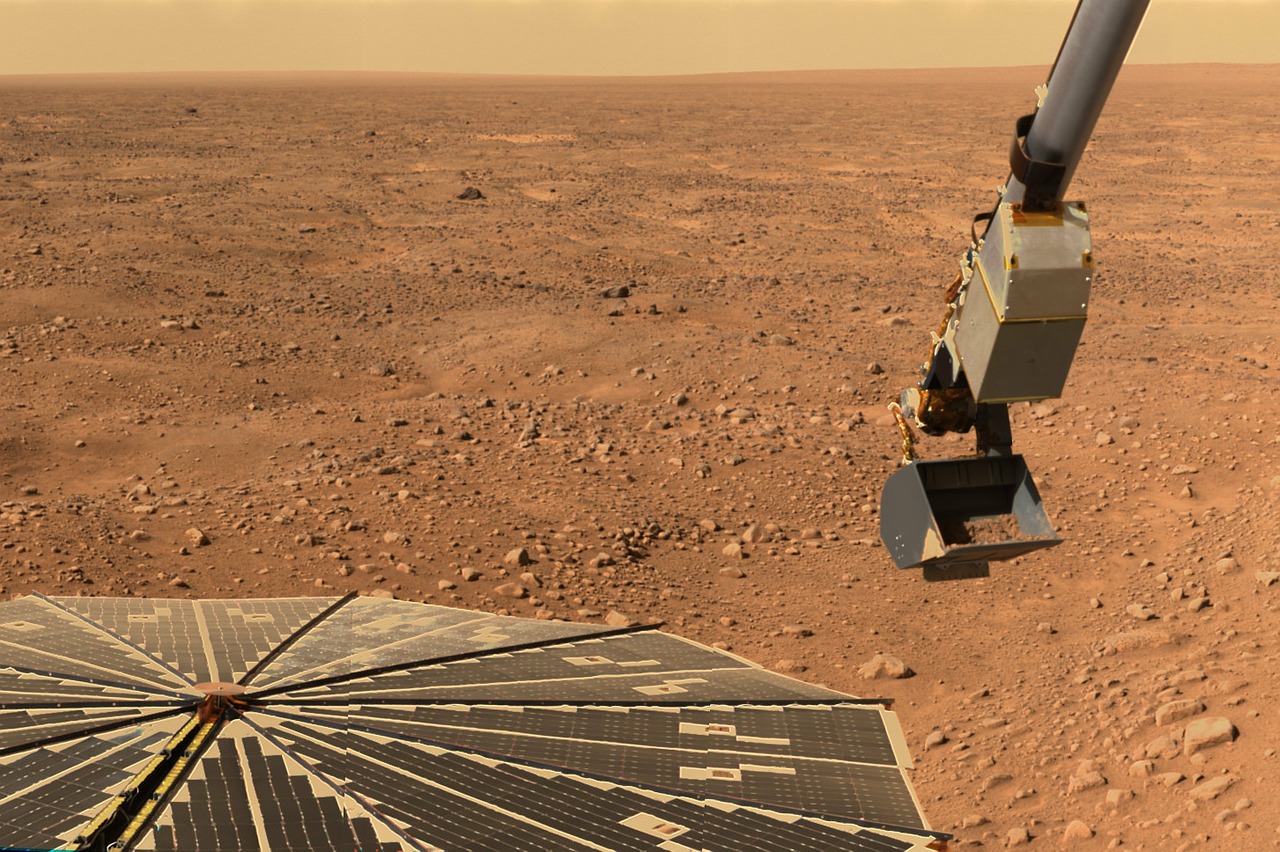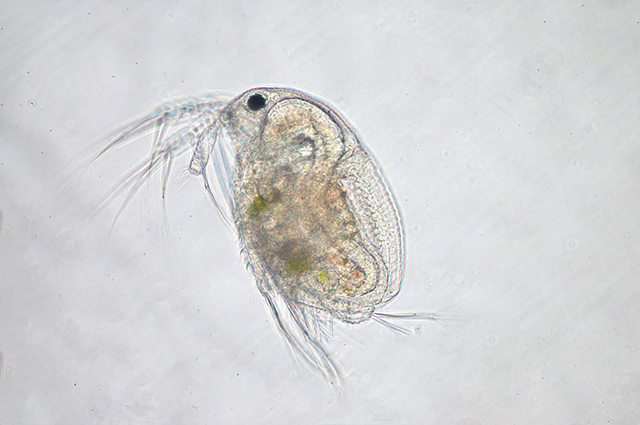Recently released three-dimensional models of coronal mass ejections (CMEs) give us a much better idea of the process behind these solar eruptions. From the viewpoints of NASA satellites, massive shock waves can be seen rippling out from the Sun, according to an article on Space.com.
CMEs are tremendous expulsions of plasma and charged particles from a star like our Sun. They take place whenever the magnetic field lines around the Sun enter a state of flux.
A coronal mass ejection is so powerful that it can kick off geomagnetic storms on Earth. These storms can damage orbiting satellites, disable electrical grids, and affect electronics.
NASA developed its CME models using data from three separate satellites. The models show in graphic detail how solar eruptions generate massive shock waves that ripple through space.
“Much the way ships form bow waves as they move through water, CMEs set off interplanetary shocks when they erupt from the sun at extreme speeds, propelling a wave of high-energy particles,” NASA spokespersons explained. “These particles can spark space weather events around Earth, endangering spacecraft and astronauts.”
According to NASA, understanding the structure of CMEs will greatly improve the accuracy of space weather predictions. But directly measuring the solar eruptions require numerous sensors scattered throughout space, which the agency lacks. (Related: Scientists are one step closer to being able to predict the kind of solar flares that can knock out the power grid.)
Researchers combined satellite data to model solar eruptions
Instead, its researchers studied two separate CMEs to build models that can simulate the behavior of a shock. The first solar eruption took place in March 2011 while the other one happened on February 2014.
NASA tapped the Solar and Heliospheric Observatory (SOHO) and the two Solar Terrestrial Relations Observatory (STEREO) satellites for data on those CMEs. Those platforms enjoyed a distinct view of those energetic solar events.
In a happy coincidence, the three satellites were close to being evenly-spaced around the Sun. These multiple, near-equidistant viewpoints allowed the researchers to recreate the events in three dimensions.
Using the combined data from SOHO and STEREO, the researchers were able to create a greatly-detailed map of the solar eruptions. They developed two models of the three-dimensional structure and direction of each CME and its associated shocks.
The “croissant” model shows the shape of a shock as it is starting out. Meanwhile, the “ellipsoid” model displays the shape taken by a shock as it expands outward from its source.
Other findings included the thickness of the plasma around the shock – a supercritical region that covers a large area and lasts much longer than previously reported – and the speed and strength of the electrons ejected by the Sun during the solar eruption.
The research team consisted of solar physicist Ryun-Young Kwon and astrophysicist Angelos Vourlidas, both of whom came from the Applied Physics Laboratory of Johns Hopkins University. They published their discoveries in the Journal of Space Weather and Space Climate.
New models prove old theory on the structures of solar eruptions
The new 3D models confirmed the long-standing theory about the shape of CMEs. Experts had predicted the presence of a strong shock near the “nose” and a weaker shock at the sides of the solar eruption.
The models also proved that CME shocks can propel energetic particles in the corona over large distances and long periods of time. Solar eruptions are probably the reason why these particles are widely scattered throughout the heliosphere.
NASA hopes these models will permit better prediction and preparation for especially powerful solar eruptions that could affect Earth.
Learn more about cosmic events at Space.news.
Sources include:
Space.com
NASA.gov
SWSC-journal.org





















